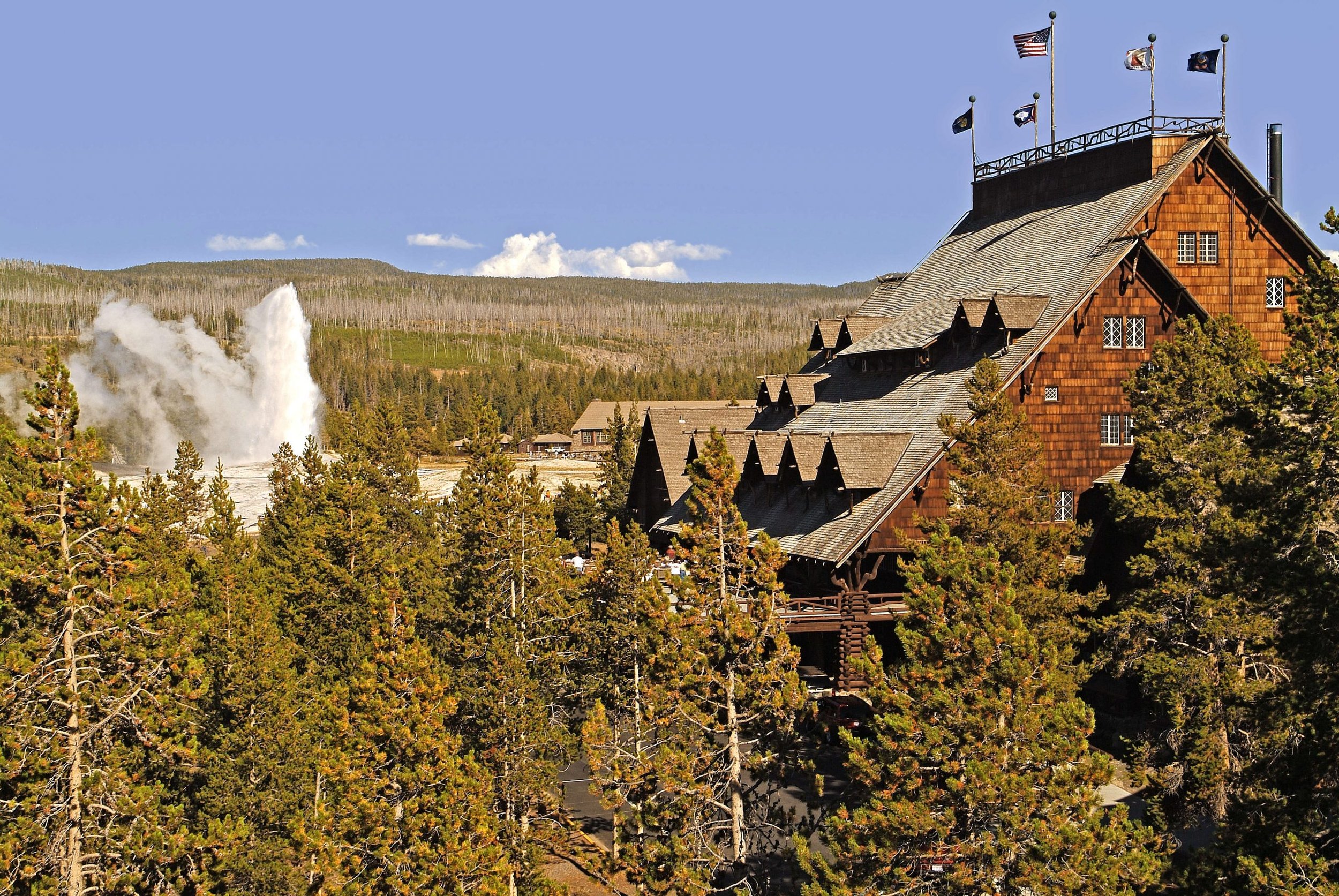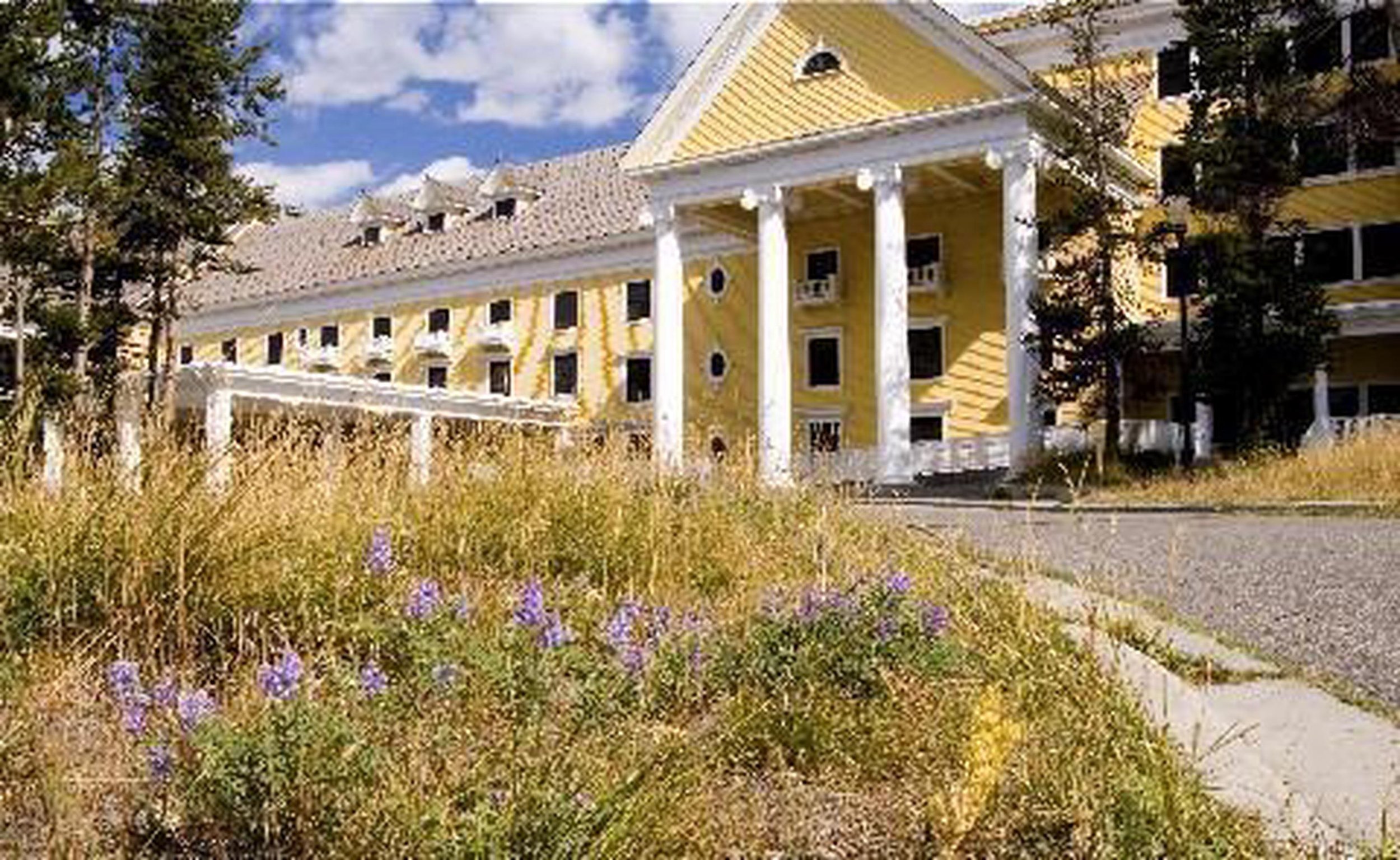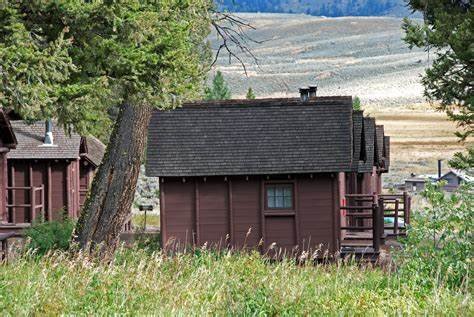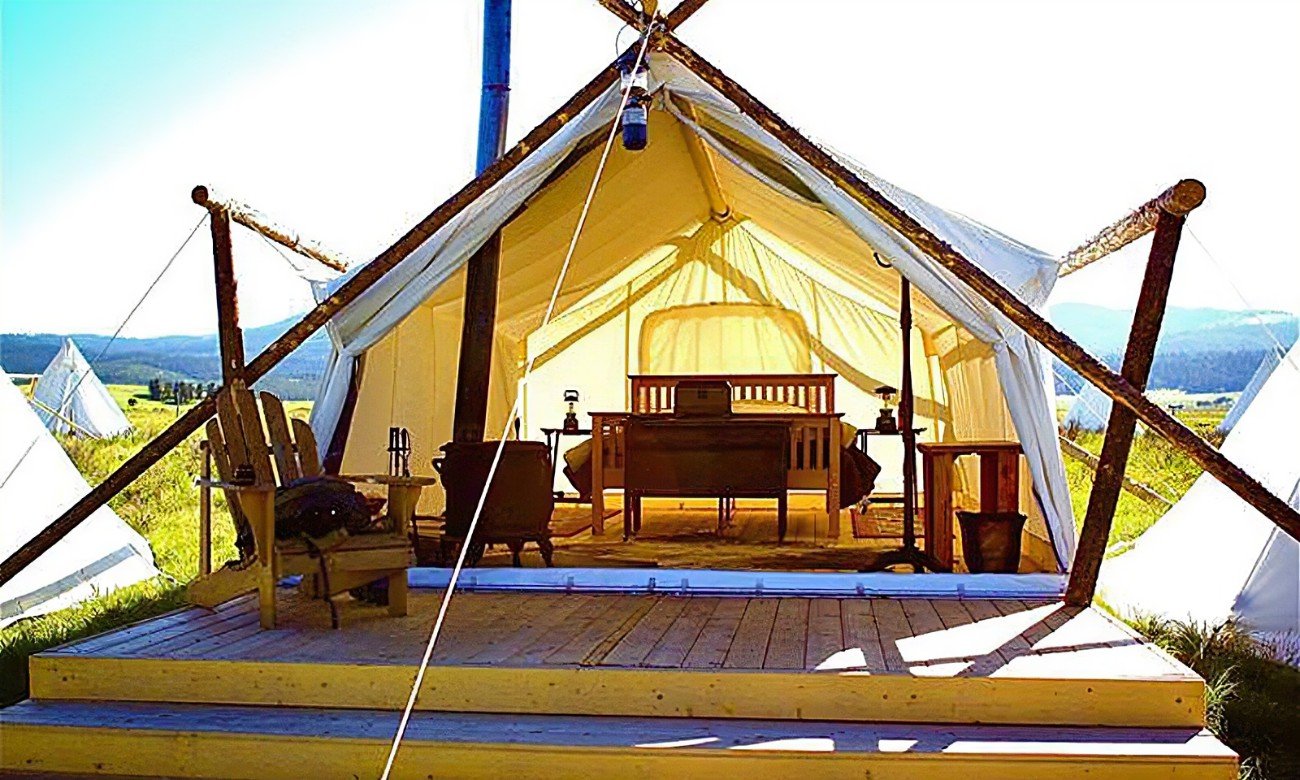Epic Road Trip: Exploring the Wonders of the Grand Circle
/Matt and I embarked on a condensed version of this itinerary in May 2024 and fell in love with the region. Building on that experience, I’ve expanded the route to encompass the entire Grand Circle, refining it based on what we learned along the way. This spectacular area is not only breathtakingly beautiful but also steeped in rich history. Spanning across Arizona, Nevada, New Mexico, Colorado, and Utah, it features some of the most iconic national parks, including Zion, Bryce Canyon, Capitol Reef, Arches, Canyonlands, Mesa Verde, Grand Canyon, and Petrified Forest.
The Grand Circle boasts a deep and multifaceted history, stretching back thousands of years. Long before the arrival of European settlers, Indigenous peoples such as the Ancestral Puebloans and Fremont Culture thrived in this region, leaving behind awe-inspiring cliff dwellings, petroglyphs, and artifacts that continue to tell their stories today. The land later became home to tribes such as the Utes, Paiutes, Comanche, Shoshone, and Navajo, many of whom still preserve their rich cultural traditions.
When Spanish explorers first set foot in the Grand Circle in the 16th century, they encountered these well-established Indigenous communities. Their interactions ranged from trade and cooperation to periods of tension and conflict. While Indigenous peoples shared invaluable knowledge of the land, water sources, and survival techniques, explorers introduced new goods and technologies. However, as European expansion intensified, disputes over land and resources emerged, often leading to the displacement and marginalization of Indigenous groups.
This itinerary highlights key sites that honor the heritage of the region’s first inhabitants as well as providing multiple opportunities to view the awe-inspiring landscape.
Day 1: Arrival in Las Vegas, onward to Grand Canyon NP (4.5hrs)
Early morning flight to Las Vegas. Pick up campervan. Grocery shop.
Visit Hoover Dam on your way to Grand Canyon National Park.
Check-in at Mather Campground. Grill out for dinner.
Prep daypack, water, and snacks for tomorrow’s hike.







Day 2: Day 1 of 2-day hike into the Grand Canyon
Wake before sunrise. Breakfast. Double check daypack.
Shuttle to South Kaibab trailhead at dawn and hike to Phantom Ranch.
Arrive at Phantom Ranch late afternoon.
Phantom Ranch utilizes a lottery system for random selection of the bed space.
Lottery entries are made between the 1st and 25th of the 15th month prior to the desired stay month.
Lottery submissions will be processed, lottery winners notified, and reservations guaranteed within the 14th month prior to arrival.
Any unsold/unclaimed inventory will be released to general availability for reservations following the current 13-month reservation window.
Explore the area around the river.
Dinner with other hikers.
Day 3: Day 2 of 2-day hike into the Grand Canyon
Rise early, pack up, eat breakfast.
Follow Bright Angel trail back to the top of the rim.
Shuttle to campground.
Refresh and dinner out.
I would go for a good Pizza dinner :)
Day 4: Grand Canyon to Page (2.5hr)
Leave for Page, AZ.
In early afternoon, visit Antelope Canyon for a guided tour of the stunning slot canyon.
Visit Horseshoe Bend at sunset for breathtaking views of the Colorado River.
Overnight in Page. Save money by staying in Walmart parking lot.
Day 5: Page to Monument Valley (2hr)
hunts mesa
Drive to Monument Valley, AZ.
AM: DIY 17-mile Monument Valley Tribal Park Loop
PM: Hunt’s Mesa Overnight Campout
Day 6: Monument Valley to Moab (3hr)
forest gump point
Return from Hunts Mesa and travel to Moab, UT. Stop in Mexican Hat for Forest Gump Point
Spend the afternoon visiting Arches National Park, known for its breathtaking arches and rock formations.
Easy hike to Landscape Arch
View Balanced Rock
Hike the Delicate Arch Trail for stunning sunset views
Tired of walking? Enjoy the parks 36-mile scenic drive and check off several key attractions
Adventure-seeker: book a Ranger-led tour through Fiery Furnace
Night-owl: come back at night for stargazing
2 nights in Devils Garden Campground in Arches National Park
Day 7: Canyonlands National Park
Start the day exploring Canyonlands National Park, UT.
Visit the Island in the Sky district
Hike the Mesa Arch Trail
Visit multiple viewpoints that overlook the canyon
For a less crowded visit, though a little further drive (1.5-2hr), check out The Needles district
Chesler Park Loop has easy rock scrambling, trails that criss-cross between the orange and red sandstone needles, and sweeping views out to the La Sal Mountains and the Island in the Sky district of Canyonlands National Park
It is an 11-mile loop, so if you’re looking for a shorter option you can turn around at the Chesler Park viewpoint
Afternoon 4x4 off road tour
Epic 4x4 or Xtreme 4x4
Return to Devil’s Garden Campground
Day 8: Moab to Bryce Canyon (5hrs w/o stopping)
Scenic drive via Hwy 24 and 12 thru Capitol Reef National Park and Escalante.
Highlights to visit (realistically, you won’t be able to visit all these highlights in one day, but I wanted to give a variety of options you can choose from)
Goblin Valley State Park is a strange and colorful valley, which is unlike any other in Utah. The landscape, covered with sandstone goblins and formations, is often compared to Mars.
Hickman Bridge: 60-minute relaxing and scenic trail to a natural bridge in Capitol Reef National Park. A trail brochure - available at the trailhead - points out 17 things to observe along the hike at various interpretive zones.
Lower Calf Creek Falls: 2.5-hour hike through the magnificent landscapes of the Grand Staircase-Escalante National Monument, leading to a gorgeous waterfall.
Kodachrome Basin State Park: 67 monolithic stone spires, called sedimentary pipes, accentuate multi-hued sandstone layers that reveal 180 million years of geologic time.
Reserve spot in Sunset Campground
Day 9: Bryce Canyon National Park to Zion NP (2hrs)
Morning hike Navajo Loop and Queens Garden to marvel at the unique hoodoos.
Scenic drive to Rainbow Point. Stop at any of the multiple pullouts along the way.
Leave for Zion NP.
Personally, Zion was our favorite out of all parks we visited. If you have time, spend an extra day here to really explore the area.
Stay at Watchman Campground. Reserve 6-12 months ahead of time.



Day 10: Zion National Park
Narrows Hike: wade through a winding river, surrounded by towering sandstone walls that seem to touch the sky
Bottom-Up direction (No Permit Needed): The most popular route! Start from the Temple of Sinawava, hike up as far as you like, then turn back.
Dress Smart: You’ll be walking in water for most of the journey. (You don’t have to haul tons of extra gear—most of what you need can be rented in town)
Quick-dry clothing
Neoprene socks
Closed-toe water shoes with good grip are a must.
Trekking pole or walking stick can save you from unexpected tumbles
A dry bag for your phone and valuables,
Plenty of drinking water, and high-energy snacks will keep you fueled for the journey ahead.
Start early to beat the crowds
Angels Landing/Scout Lookout: one of the most famous and thrilling hikes in Zion National Park, Utah
A strenuous but rewarding adventure with stretches of narrow ridges and chain-assisted rock scrambling, offering breathtaking views of Zion Canyon
Hikers need a permit to access the last section beyond Scout Lookout, due to overcrowding and safety concerns
If you don’t receive a permit or not a fan of heights and/or cliffs, hiking to Scout Lookout offers great views minus the scramble of Angels Landing
Day 11: Zion NP to Las Vegas Airport (2:45hr)
AM: adventure-seekers: book repelling excursion; hikers: emerald pools hike (3 miles)
PM: Drive back to Las Vegas, NV for an evening departure
Notes
Consider a 14-day trip and add a night near Escalante or Mesa Verde, add time in North Grand Canyon, and/or add another day in Zion.
Ensure to book accommodations 6-12 months in advance.
Pack suitable clothing and gear for hiking and varying weather conditions.
Consider travel insurance for added peace of mind.















































































































